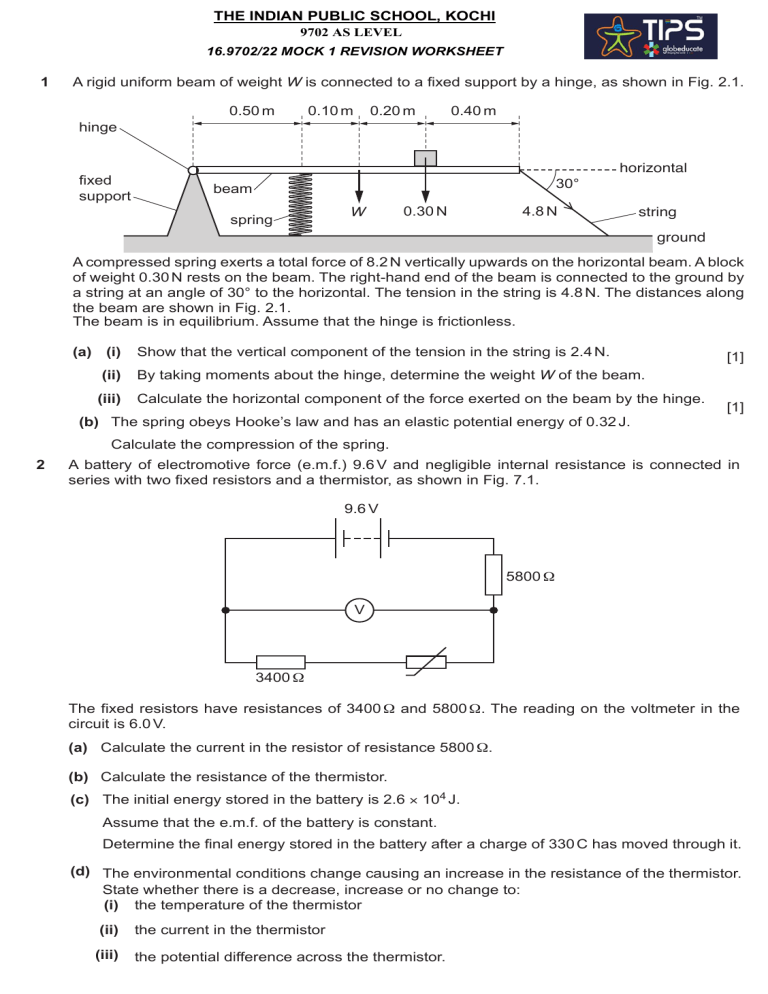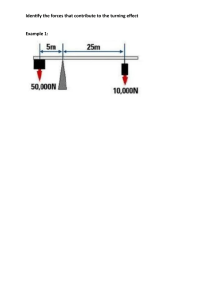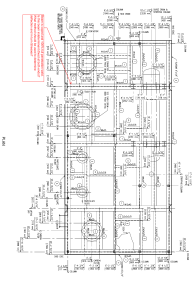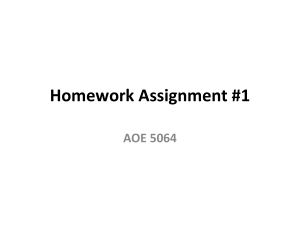
THE INDIAN PUBLIC SCHOOL, KOCHI 9702 AS LEVEL 16.9702/22 MOCK 1 REVISION WORKSHEET 1 A rigid uniform beam of weight W is connected to a fixed support by a hinge, as shown in Fig. 2.1. hinge fixed support 0.50 m 0.10 m 0.20 m 0.40 m 30° beam spring W 0.30 N horizontal 4.8 N string ground A compressed spring exerts a total force of 8.2 N vertically upwards on the horizontal beam. A block of weight 0.30 N rests on the beam. The right‑hand end of the beam is connected to the ground by a string at an angle of 30° to the horizontal. The tension in the string is 4.8 N. The distances along the beam are shown in Fig. 2.1. The beam is in equilibrium. Assume that the hinge is frictionless. (a) (i) Show that the vertical component of the tension in the string is 2.4 N. (ii) By taking moments about the hinge, determine the weight W of the beam. (iii) Calculate the horizontal component of the force exerted on the beam by the hinge. (b) The spring obeys Hooke’s law and has an elastic potential energy of 0.32 J. [1] [1] Calculate the compression of the spring. 2 A battery of electromotive force (e.m.f.) 9.6 V and negligible internal resistance is connected in series with two fixed resistors and a thermistor, as shown in Fig. 7.1. 9.6 V 5800 Ω V 3400 Ω The fixed resistors have resistances of 3400 Ω and 5800 Ω. The reading on the voltmeter in the circuit is 6.0 V. (a) Calculate the current in the resistor of resistance 5800 Ω. (b) Calculate the resistance of the thermistor. (c) The initial energy stored in the battery is 2.6 × 104 J. Assume that the e.m.f. of the battery is constant. Determine the final energy stored in the battery after a charge of 330 C has moved through it. (d) The environmental conditions change causing an increase in the resistance of the thermistor. State whether there is a decrease, increase or no change to: (i) the temperature of the thermistor (ii) the current in the thermistor (iii) the potential difference across the thermistor. 3 A uniform beam AB is attached by a hinge to a wall at end A, as shown in Fig. 3.1. C 0.35 m 17 N 0.15 m string 50° A hinge horizontal B beam W 12 N The beam has length 0.50 m and weight W. A block of weight 12 N rests on the beam at a distance of 0.15 m from end B. The beam is held horizontal and in equilibrium by a string attached between end B and a fixed point C. The string has a tension of 17 N and is at an angle of 50° to the horizontal. (a) State two conditions for an object to be in equilibrium. [1] (b) Show that the vertical component of the tension in the string is 13 N. (c) By taking moments about end A, calculate the weight W of the beam. (d) Calculate the magnitude of the vertical component of the force exerted on the beam by the hinge. (e) The block is now moved closer to end A of the beam. Assume that the beam remains horizontal. State whether this change will increase, decrease or have no effect on the horizontal component of the force exerted on the beam by the hinge. 4 (a) State what is meant by the centre of gravity of an object. (b) A uniform beam AB is attached by a frictionless hinge to a vertical wall at end A. The beam is held so that it is horizontal by a metal wire CD, as shown in Fig. 3.1. C wire wall 45 N 37° A 23 N hinge 0.56 m block D B W 0.20 m 0.20 m The beam is of length 0.96 m and weight 23 N. A block of weight W rests on the beam at a distance of 0.20 m from end B. The wire is attached to the beam at point D which is a distance of 0.40 m from end B. The wire exerts a force on the beam of 45 N at an angle of 37° to the horizontal. The beam is in equilibrium. (i) Calculate the vertical component of the force exerted by the wire on the beam. (ii) By taking moments about A, calculate the weight W of the block. (iii) The hinge exerts a force on the beam at end A. Calculate the horizontal component of this force. (iv) (v) The block is now placed closer to point D on the beam. State whether this change will increase, decrease or have no effect on the tension in the wire. The stress in the wire is 5.3 × 107 Pa. The wire is now replaced by a second wire that has a radius which is three times greater than that of the original wire. The tension in the wire is unchanged. Calculate the stress in the second wire.





